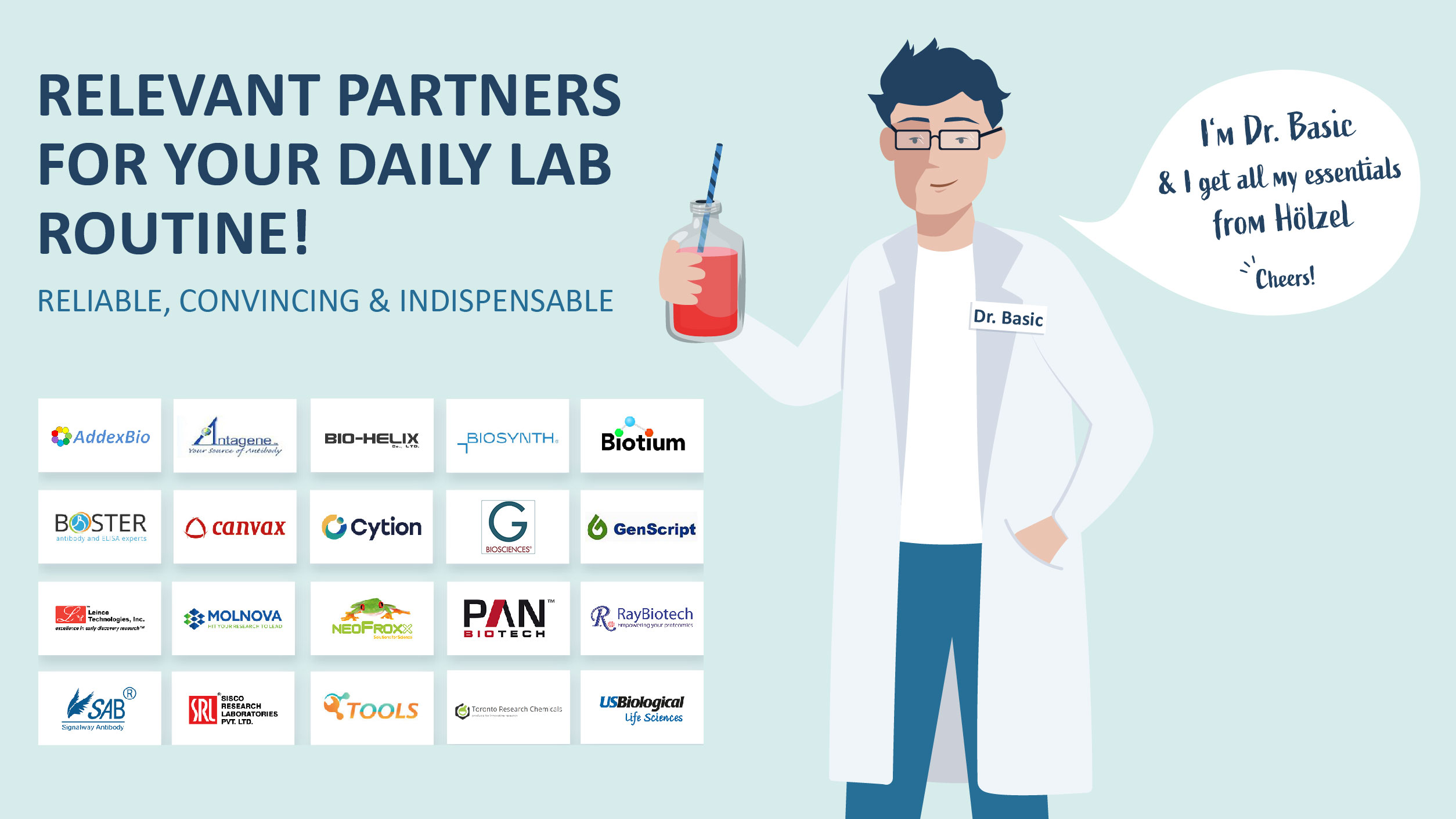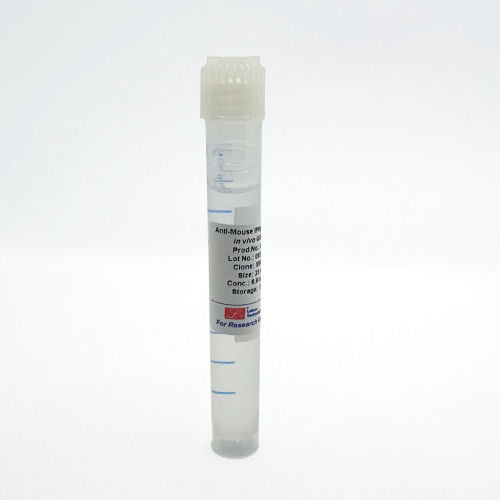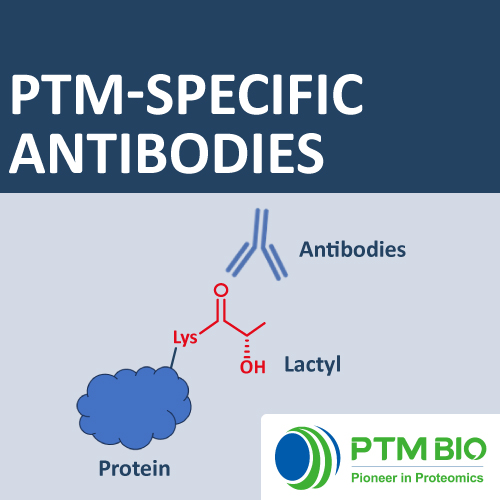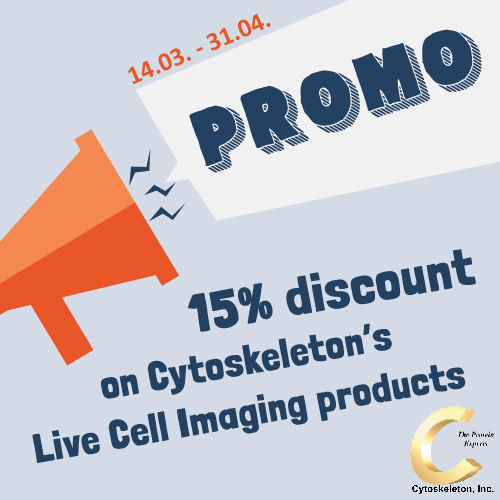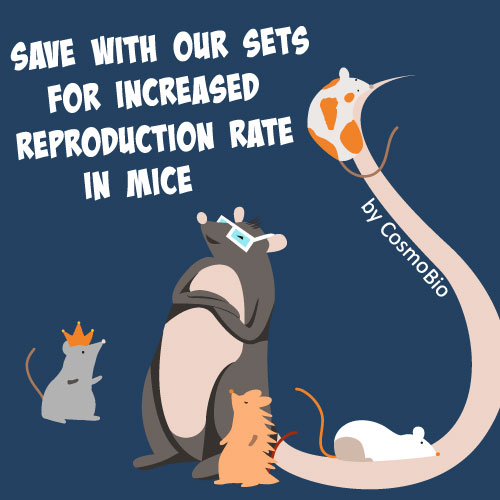Benefit from our sample sizes, some of which are even for free and optimize your research project. Participating manufacturers and products change regularly. It's worth checking it frequently.
check out!Selected products
Research Area
Assisted Reproductive Technologies
Food Safety
Food safety is the scientific discipline of handling, preparing, and storing food to prevent foodborne illness. A foodborne illness outbreak occurs when two or more cases of a similar illness occur as a result of eating a common meal. Food safety and food defense often overlap to provide additional protection to customers. Within this thought process, there are two tracks: industry-to-market safety and then market-to-consumer safety.
Infectious Diseases
Infectious diseases are diseases caused by bacteria, viruses, fungi or parasites. Some infectious diseases are contagious and can be passed from one person to another. Antibiotics, antivirals, antifungals, antiprotozoals and anthelmintics are some of the drugs used to treat infections. Understanding the steps of infection helps healthcare workers target such infectious diseases and prevent them from occurring in the first place.
Metabolism
Metabolism refers to the totality of all chemical processes that take place in an organism. All reactions either serve to store or build up body or cell substance, a process known as anabolism, or they serve to break down, a process known as catabolism. Catabolism and anabolism are not mutually exclusive processes; rather, they are interrelated. Metabolism is a very sensitive system, the disruption of which can lead to a variety of clinical symptoms (diabetes).
Neuroscience
Ancient Greece was the first to recognize that our cognitive abilities depend on the brain. Experimental functional findings in neuroscience, on the other hand, have only been available since the 18th century. R.W. Gerard coined the word neurology in its current form in the late 1950s. Today, the term neuroscience refers to a broad scientific field that encompasses and integrates all research on the structure and function of the nervous system. Its goal is to learn all about neuronal function at all levels of complexity.
Oncologie
The discipline of oncology specializes in the diagnosis, treatment and follow-up of cancer. Cancer is a group of diseases in which defective cells divide uncontrollably and spread to other parts of the body. Cancer cells can travel to different parts of the body through the blood and lymphatic systems. Cell growth is normally tightly regulated by a number of processes. In addition, cancer cells can be recognized and destroyed by the immune system. A malignant tumor can develop when these systems fail and the immune system is unable to eliminate the cells efficiently. Oncology is concerned with the fundamentals of these processes.
Product categories
Antibodies
Antibodies produced by differentiated B lymphocytes (a type of white blood cell --> leukocytes), also called effector cells (also immunoglobulins or immunoglobulins), belong to a separate category of proteins. In vertebrates, the class of globulins, to which antibodies belong, is responsible for the particular response of the immune system to invading foreign substances (antigens). Specific antibodies are formed by the latter. These can bind non-covalently to the epitope of the antigen, i.e. to a specific antibody binding region (synonym: antigen determinant). The antigen binding site of the antibody is referred to as the paratope. In vivo antibodies are antibodies used in living organisms for studies.
Peptides & Proteins
Amino acids are the basic building blocks of proteins, which are linked together by peptide bonds. Protein biosynthesis is the name for this process. The human body has 21 amino acids, eight of which are essential, meaning they cannot be synthesized by the body and must be obtained from food. Peptides are amino acid chains of less than 100 amino acids, while proteins are longer chains. Proteins make up a significant portion of the dry weight of a cell. These macromolecules serve as molecular tools for the cell and form the basic structure of the muscles, heart, brain, skin and hair.
Elisa Kits
Inhibitors
Inhibitors can slow down, stop or even completely prevent the progress of a reaction. Most of their applications are in the field of enzyme kinetics. Irreversible (e.g., cyanides) and reversible inhibition are two functional modes of inhibitors that affect the conversion of chemicals. Competitive inhibition and allosteric inhibition are two types of competitive inhibition. While in competitive inhibition the substrate to be converted competes with the inhibitor for binding to the enzyme, in allosteric inhibition the inhibitor alters the structure of the enzyme.
Cell Lines & Cell Culture
The growth of plant and animal cells in a nutrient medium outside the plant or organism is called cell culture. Cell lines are commonly used in the laboratories of scientists involved in biological and medical research. In a cell culture, the cells are tissue-specific cells that can reproduce forever. Thus, they are immortal cell lines. They are easily accessible, require a low maintenance and easy to handle. HeLa (Helacyton gartleri) is a dominant, rapidly proliferating and immortal cell line. It is still used today in cancer research as one of the standard models.











